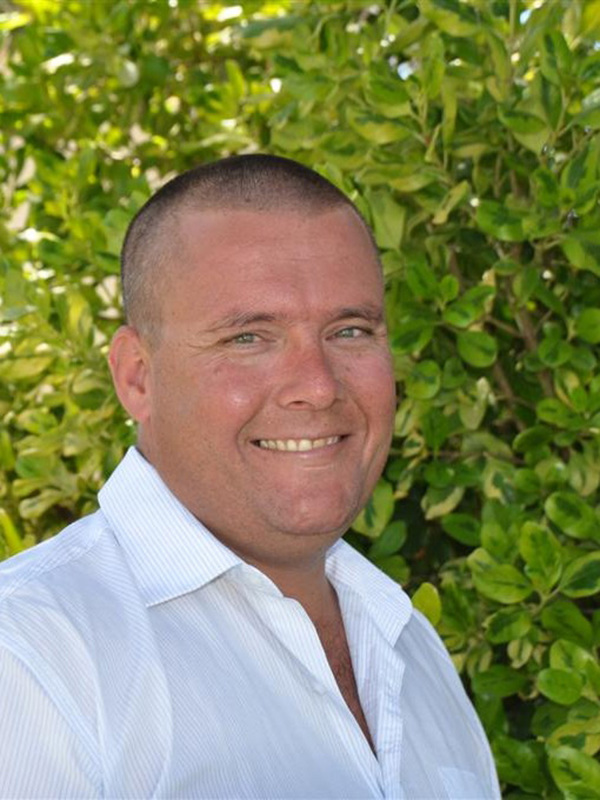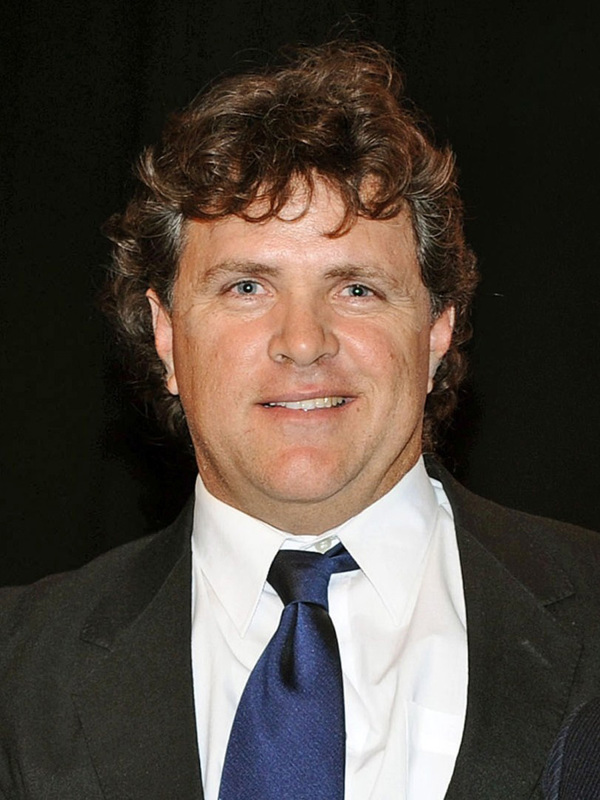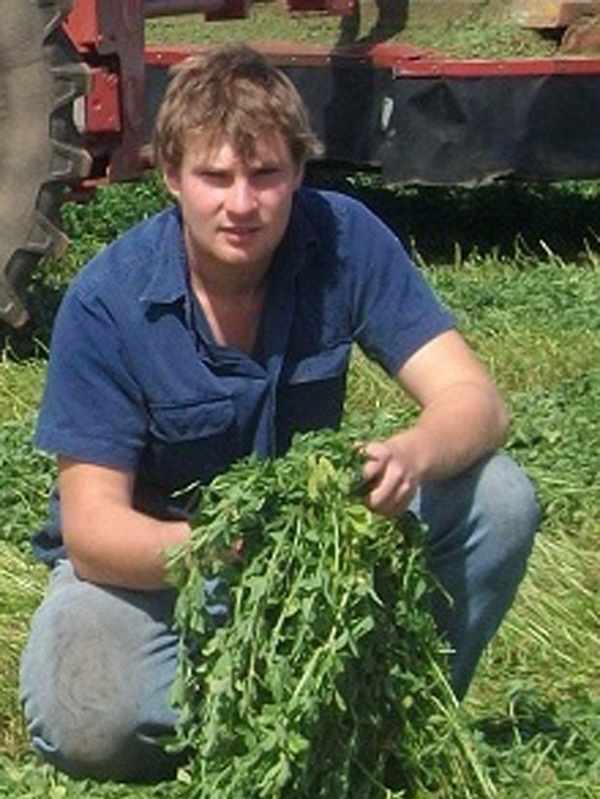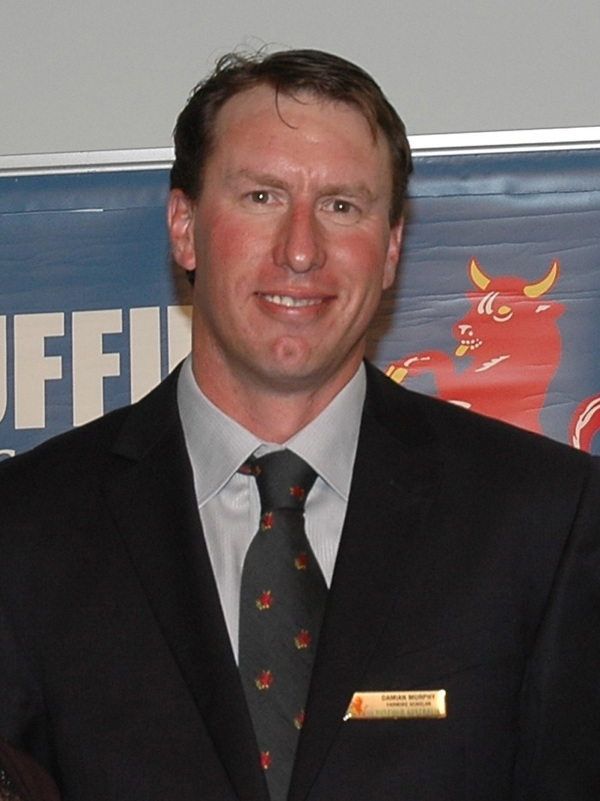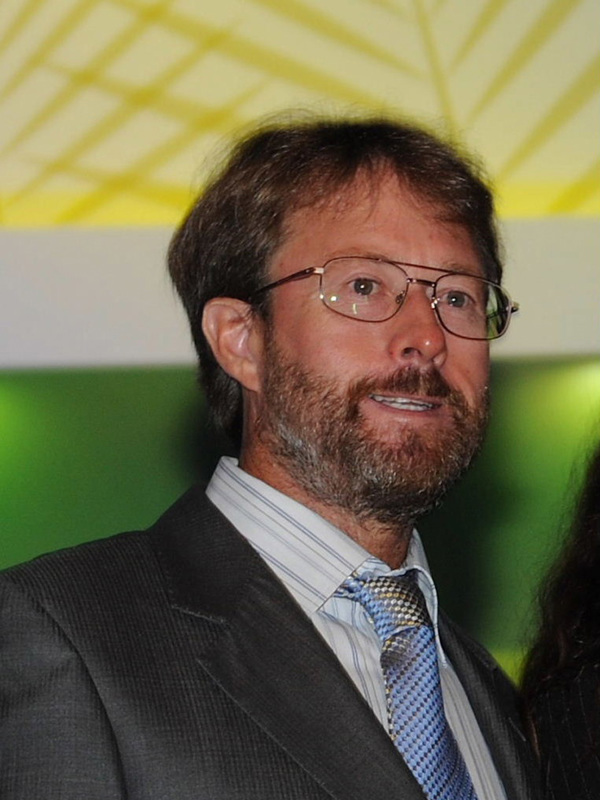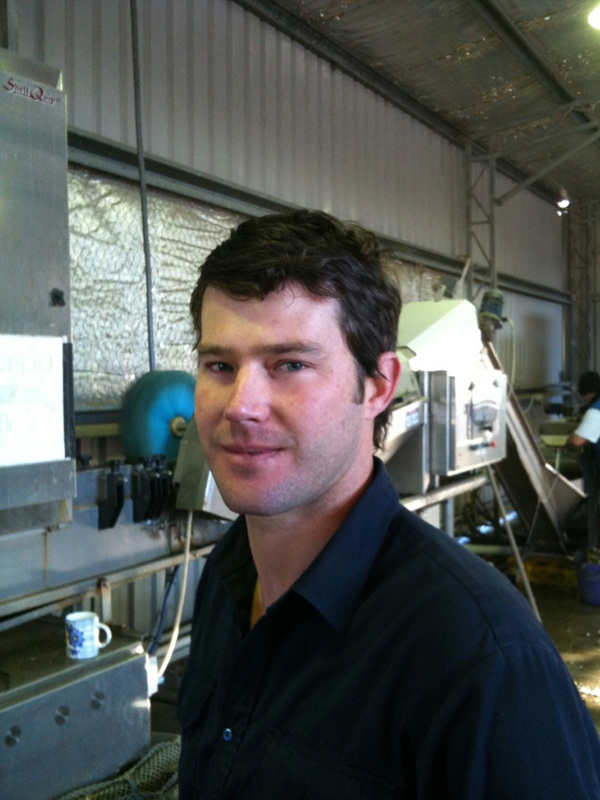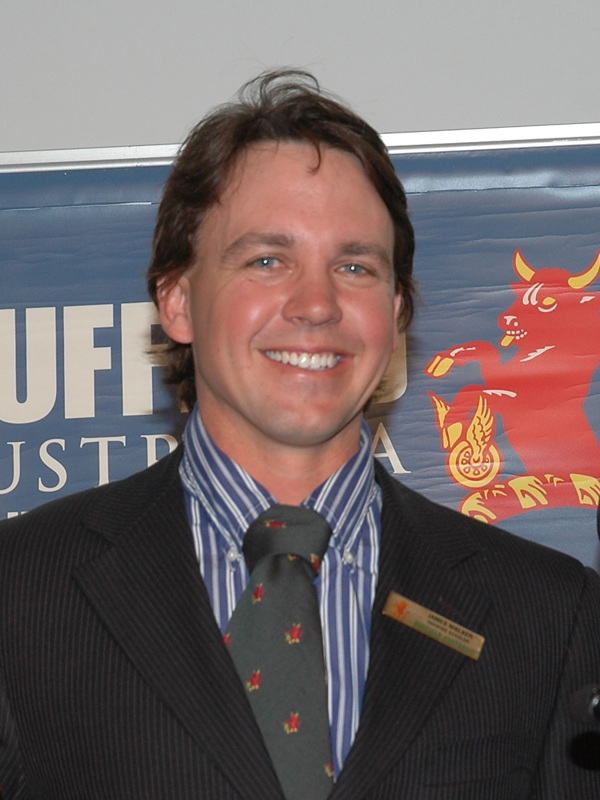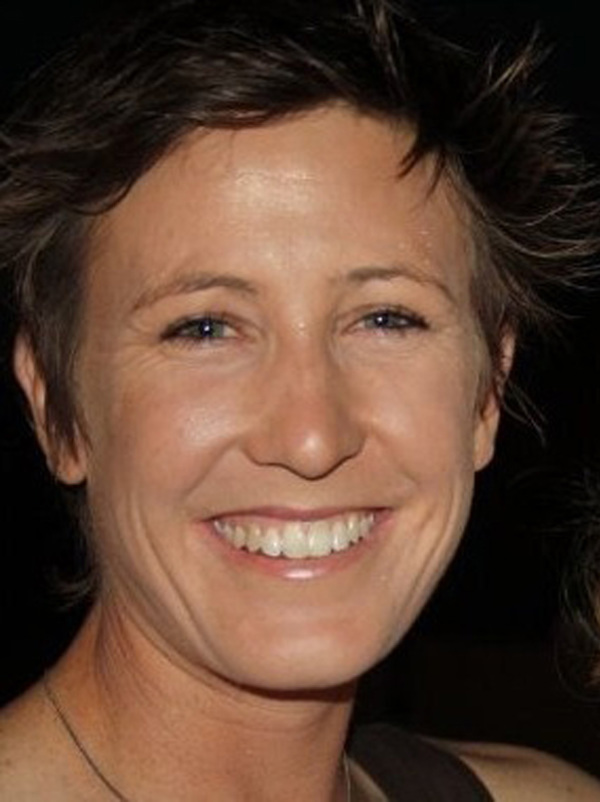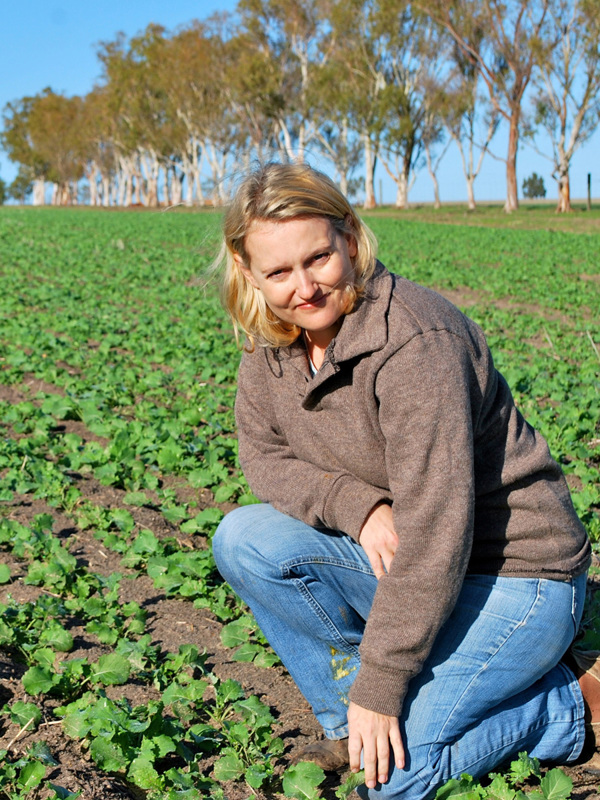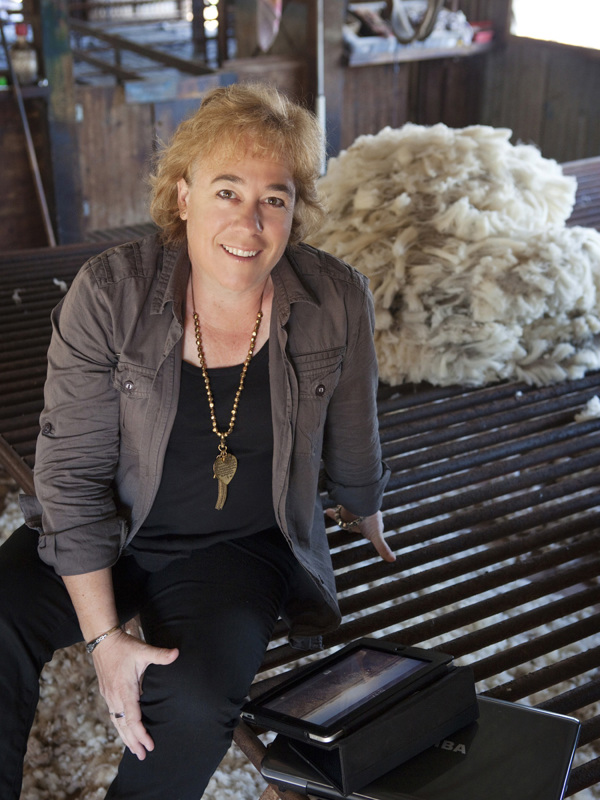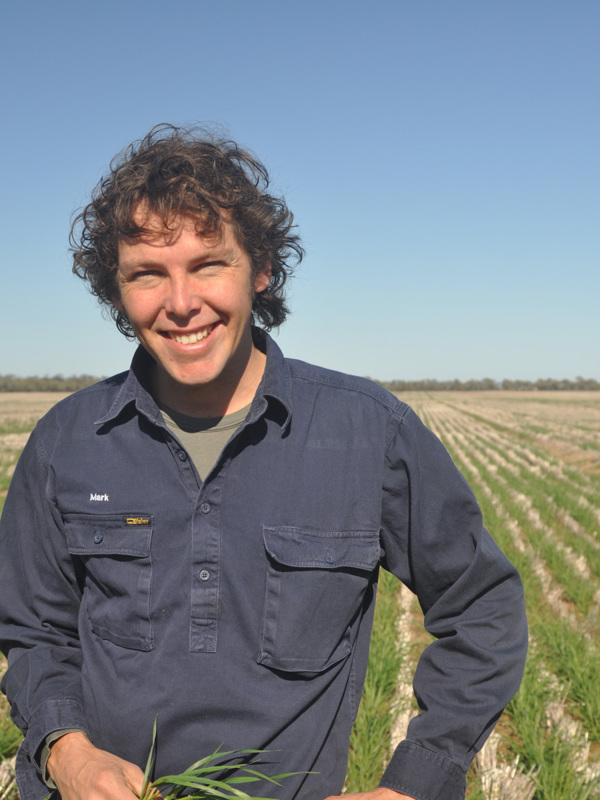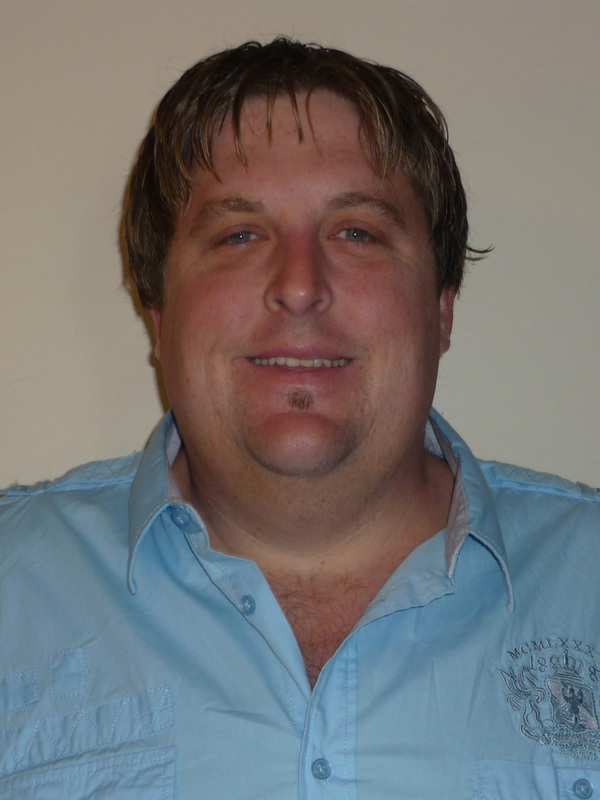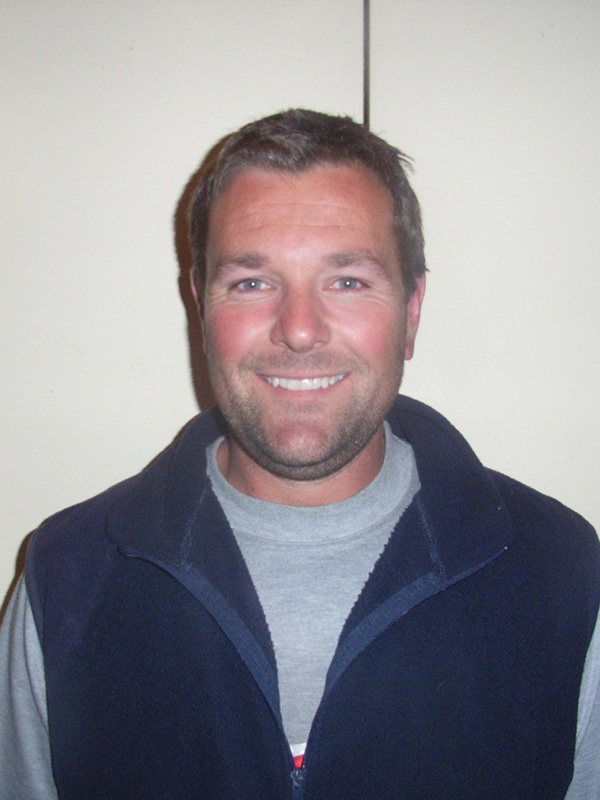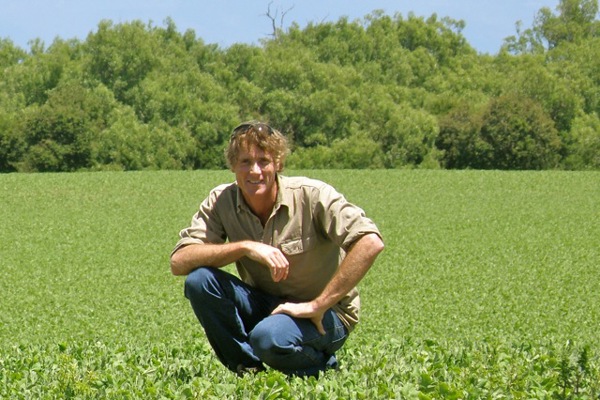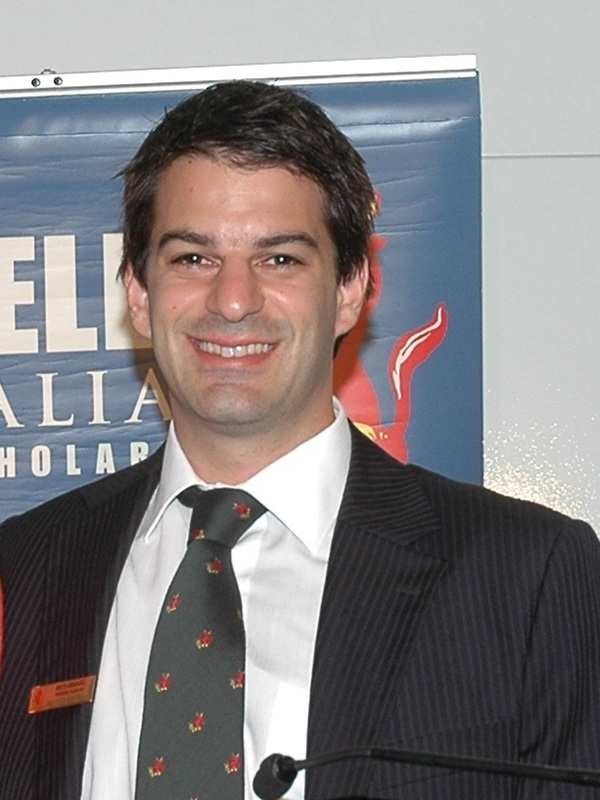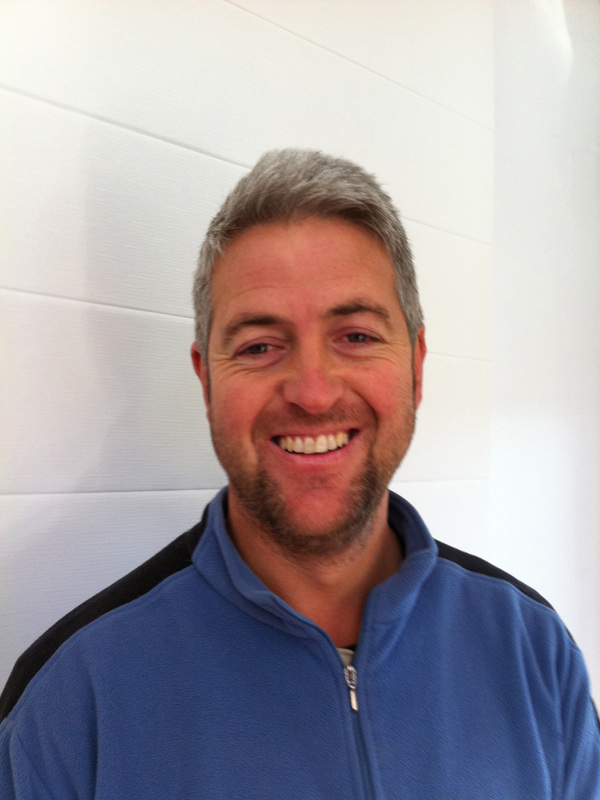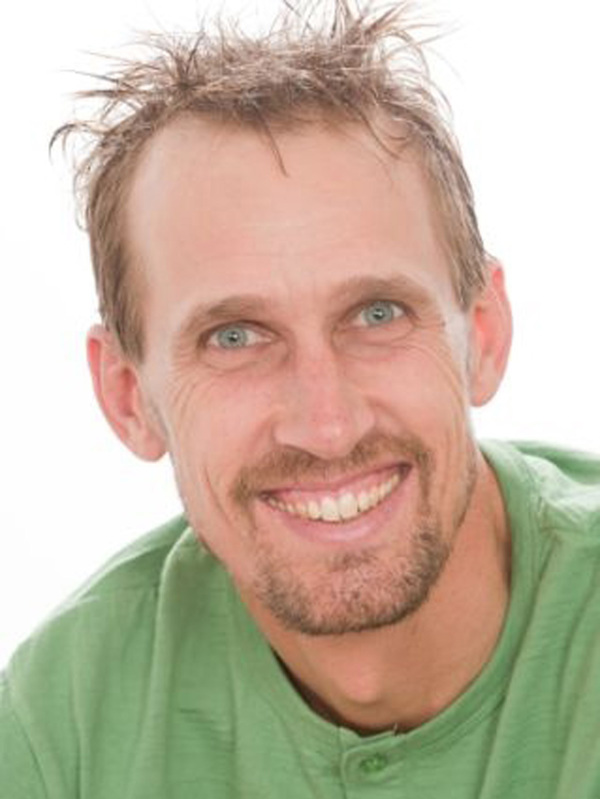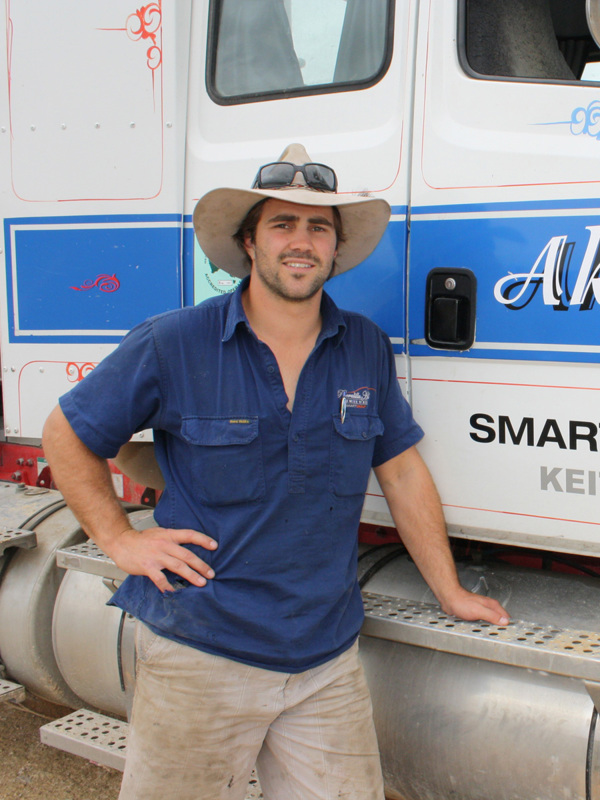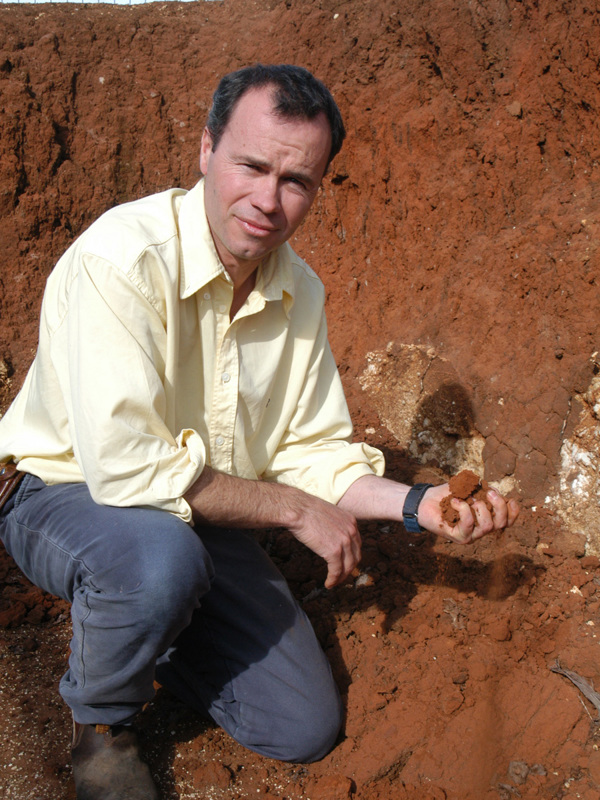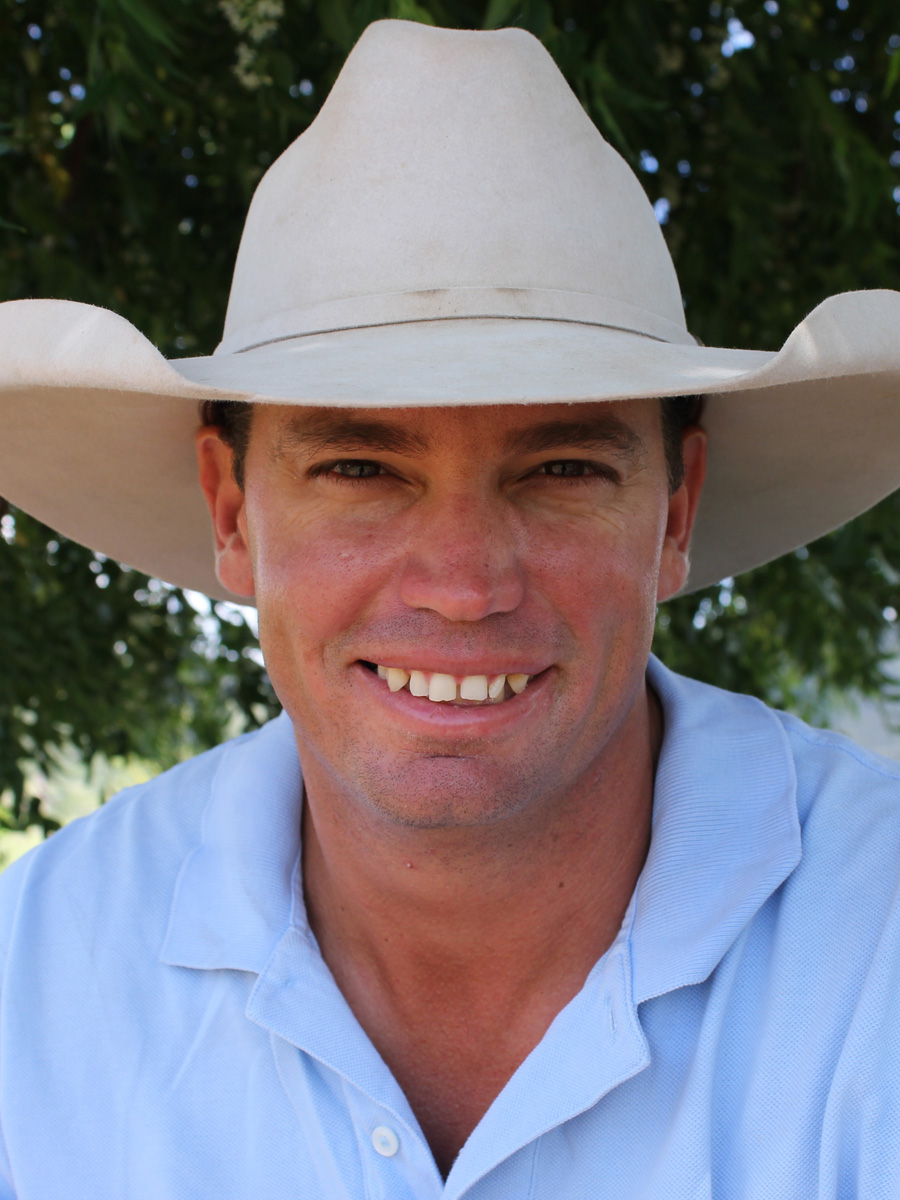
Ray Vella
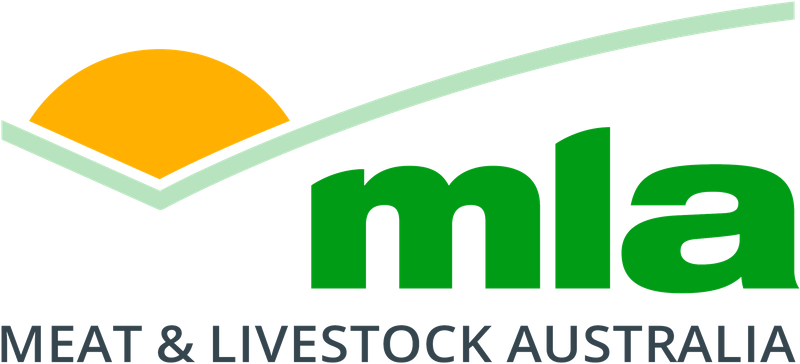
A desire for hardier cattle led Ray Vella to a scholarship. Ray has a passion for genetics, which extends to running a program breeding his own bulls on his Marlborough property.
“I wanted to search for genetics solely grown on pasture-based systems and the methods they used to do that. I just believe the cattle these days are getting too soft, and we need to have more adaptable cattle to pests and a more drought-tolerant type of cattle to be more productive. Basically we need to produce better cattle for a tougher environment for humidity and cattle ticks,” Ray concluded.
With the choice of some extremely expansive cattle operations around the world that he could have visited, Ray set his sights on the Americas.
“I mainly went to Brazil, Texas of course, and then from Colorado State all the way to South Dakota and then into Canada. I tried to research every part of the industry, so I went to farmers, researchers to talk about genomics, including looking at Estimated Breeding Values (EBV) recording. I learnt more from actual producers because they would tell you straight the good things that worked and then the bad things,” Ray says.
Ray says one of the most important lessons he learnt while studying was to keep good records.
“You need really good records of your genetics, where they’ve come from, and their history. Good EBV recording is also very important, and just the structure and the discipline you have to have in your cattle to keep good genetics,” Ray observed.
So how does Ray rate the performance of the Australian sector in beef genetics? In good news for local beef producers, he believes Australia is very competitive.
“We’re very good stockman, we handle cattle a lot quieter, stress-free and we’re breeding cattle for our environment and for the market as well, so we are up there with the best,” Ray observed. However, that doesn’t take away from one of the highlights of his travels, the Lasater Ranch in Colorado State, home of the Beefmaster breed.
“It showed me that one of the best forms of culling is when nature sets the standards – their selection method is one you could use in the commercial side of things, or in a stud.” Ray says. While Ray acknowledges changes in beef genetics does take time, the Nuffield experience has had an immediate and resounding impact on him. It’s been the trip of my lifetime, it has changed my life for the better, it’s something you cannot explain, you’ve just got to go and do it, and I’m really grateful to Nuffield for giving me this opportunity,” he concluded.
